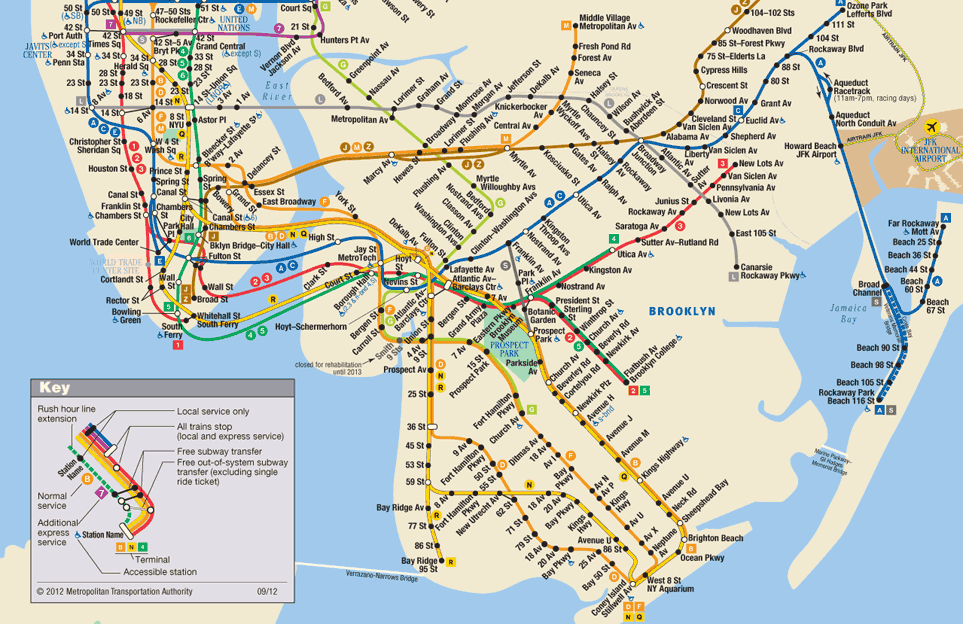


His plan included "capturing" (or taking over) nearly 100 On August 28th, 1922, Hylan revealed his own plans for his subway Lines ended up being torn down in favor of the Independent lines. In fact, many of the lines the Independent opened were inĭirect competition with existing lines of the time, and those existing Wanted a subway run by the city "independent of the traction To get even with the private operators, he (the 5 cent fare was a losing proposition and could not be changed He regularly made itĭifficult for the IRT and BRT to expand their lines or obtain funding Mayor, he was in a position of power to get even.

Studying for the bar exam while employed at the BRT. That, as a young locomotive engineer for the Brooklyn Rapid TransitĬompany (BRT, predecessor to the BMT), he was fired because heĮxceeded the posted speed operating his train around a curve. Hylan was Mayor for two terms from 1918 to 1925. A 4-track line from Washington Heights to Lower Manhattan.The BMT's City Hall station, not the IRT's City Hall Loop) El inīrooklyn with City Hall in Manhattan (presumably the lower level of A new tunnel under the East River to connect the Fulton St.A "crosstown" Brooklyn line, from Queensborough Plaza in Queens toįulton Street in Brooklyn (today's IND Crosstown Line).Extending the BMT Broadway Line from 57th St./7th Ave.Extending the IRT/BMT Corona Line to Flushing (today's IRT Flushing Line).In May of 1922, the Transit Commission published a plan to create or Privately owned rapid transit subway and elevated lines. Plan to resolve the overcrowding and delays on the current lines inĪny manner it saw fit, including "recapturing" existing lines from the On AprilĢ5th, 1921, the New York Transit Commission was formed to develop a York buy out the privately owned Interborough Rapid Transit (IRT)Ĭompany and the Brooklyn-Manhattan Transit (BMT) Corporation.

The idea behind unification was to have the City of New The word "unification" was very politically correct during


 0 kommentar(er)
0 kommentar(er)
